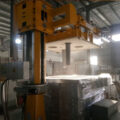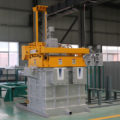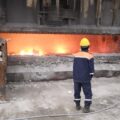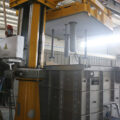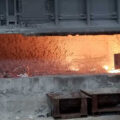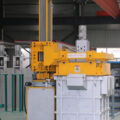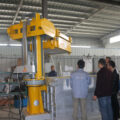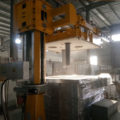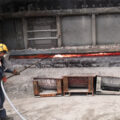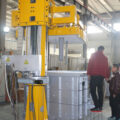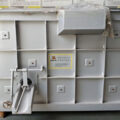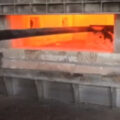The primary purpose of degassing is to remove hydrogen from molten aluminum. The aluminum degassing process can also remove other harmful substances, such as chemical inclusions or alkaline substances. AdTech degassing equipment can meet the production of aluminum products with high technical performance requirements. Aluminum degassing machine is between the furnace and the casting machine, the main function is removing hydrogen and other residues.
Work Principle of Degassing Unit
A certain amount of inert gas is injected into the aluminum liquid through the rotating rod and rotor. The rotor breaks the inert gas into fine bubbles and evenly disperses it in the molten metal. The hydrogen and non-metallic inclusions are captured by the bubbles of inert gas and float to the liquid surface.
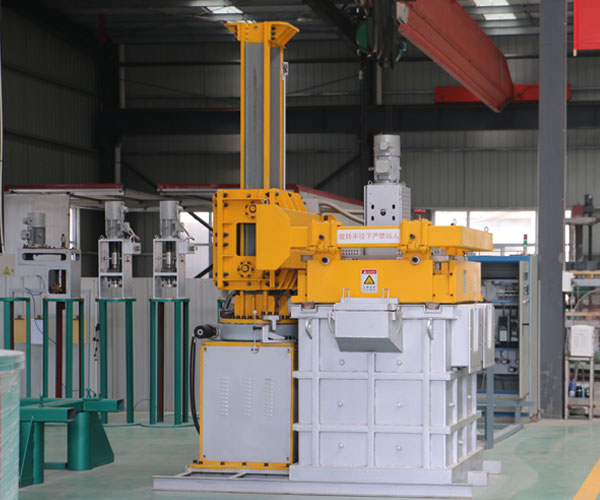
Hydrogen in Aluminum Liquid
Hydrogen exists in the atmosphere and is easily dissolved in molten aluminum. The presence of hydrogen in the aluminum liquid will produce white spots or pores, which will adversely affect the final product. For example, these aluminum products may not achieve acceptable mechanical or physical properties and may adversely affect tensile strength. Material fatigue cracks may also be caused by hydrogen inclusions.
Casting scrap may be caused by pinholes in the casting or the machined surface, or because there are leaks when the castings are required to withstand pressure. During the processing of round ingots, pores may foam on forged products, extruded products, thin plates and thick plates. The poor surface properties of the material, such as flaking during casting and blistering during heat treatment of the material, also indicate the presence of hydrogen.
The solubility of hydrogen in liquid aluminum is about 20 times higher than in solid aluminum. Due to the difference in solubility, during the curing process, hydrogen tends to escape from the solution, or diffuse slowly, or quickly form bubbles to generate hydrogen molecules. When the hydrogen pressure is greater than the surface tension and hydrostatic pressure, foaming is formed.
In this way, if the hydrogen content in the aluminum liquid is high during the curing process, the hydrogen will exist in the form of solid solution, pores, or breakpoints. Therefore, if you want to obtain high-quality castings, it is important to control the hydrogen content at a low level.
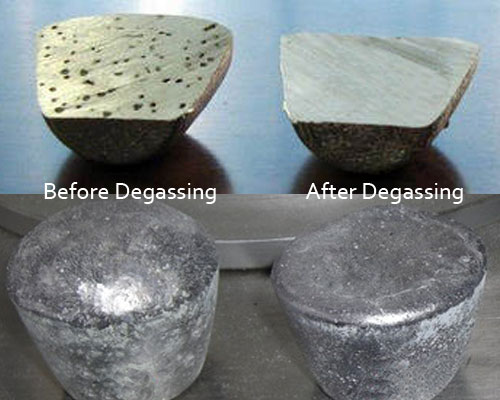
Inclusions in Degassing Aluminum
Inclusions are those solid, liquid or gaseous foreign objects surrounded by aluminum. Metal and non-metallic inclusions should be removed, as they may also damage the mechanical properties of the product. In machining and polishing, inclusions can also increase tool wear.
Inclusions and oxide films are formed when they are melted or introduced as oxides added to the surface of the material. Because they have different densities compared to molten aluminum, they will eventually rise to the surface or settle out if the holding time is extended. However, the time required for this separation is too long for most production processes. The degassing process increases the speed of inclusions floating on the liquid surface, which accelerates the completion of this process. Filtration before casting is also a method of removing inclusions.


